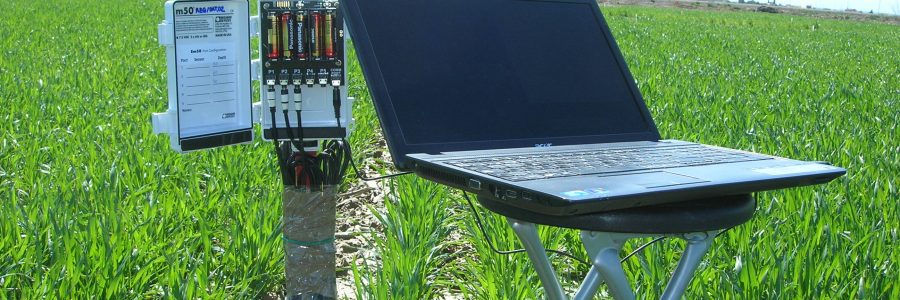Simulating irrigation management is a current available option. Simulations are very useful to deal with climate risks.
Most of current crop models simulate irrigation, recommending the optimum management. Particularly, simulations help to improve climate resilience. They reduce the vulnerability of irrigated agriculture to droughts and other climate risks.
Climate Change might significantly increase climate variability. Droughts could be more intense and frequent. According to climate models outputs, water available will be less in many regions. Besides, evapotranspiration will be higher due to temperature rise.
Therefore, a significant reduction in water availability for irrigation should be expected. Improving irrigation scheduling is the best solution. Irrigation must be managed according to soil conditions and crop requirements.
Soil moisture should be controlled daily in order to know when irrigate and how much irrigate.
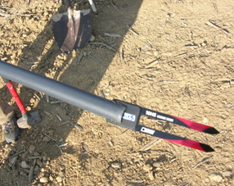
Moisture sensors can be used. A moisture sensor is usually an electrode in soil, connected to a datalogger. The moisture registered by each sensor is sent to a remote server. The system decides when and how much irrigate, automatically. However, this is quite expensive.

Simulating irrigation management is the simplest and cheapest solution.
Models need as input soil properties, meteorological data and crop features, such as Kc coefficients.
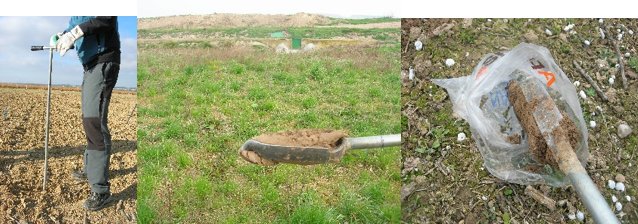
The relevant soil properties, such as texture, density and organic matter content can be obtained from sampling and laboratory analyses.
Meteorological variables are registered in stations and the crop Kc coefficients are tabulated.
What is the advantage of simulating irrigation management?
Model simulations indicate when and how much irrigate, same as moisture sensors. Furthermore, simulating irrigation management allows automatizing the whole irrigation process as well.
Next figures come from actual data, measured in Spain.
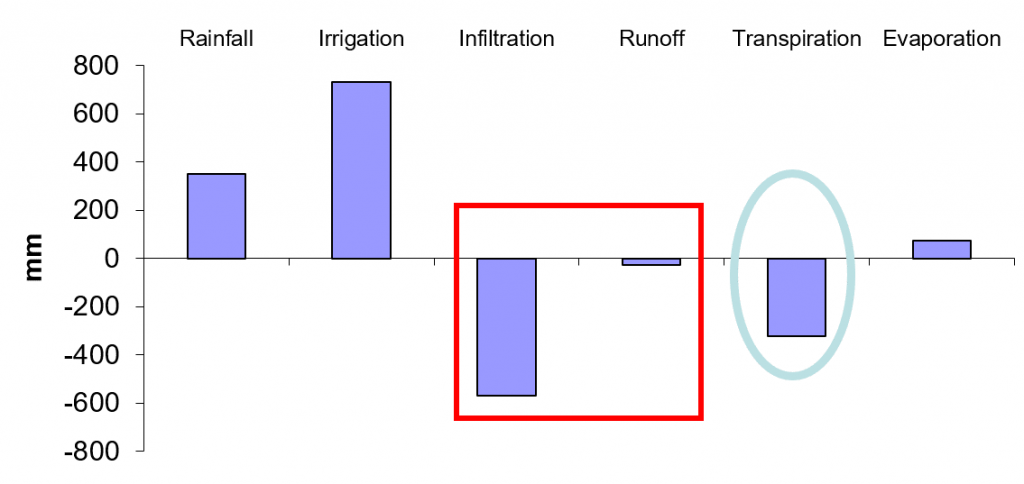
We come from “irrigation as usual”, based on farmer experience solely.
He uses 733 l/m2 during the whole irrigation campaign. It meant an electricity bill of 3013 €, according to arranged prices and the farm area.
Soil moisture was above Field Capacity most of the time. Therefore, about 596 l/m2 are actually infiltration loses. A significant percent of electricity bill, 2449 €, correspond to infiltration. Besides loses, irrigation management was inefficient. It only satisfied 60% of crop requirements, according to the ratio between actual and potential transpiration.
Simulations were conducted in order to find the best irrigation management.
Simulations considered the farm soil properties and meteorology for the same period.
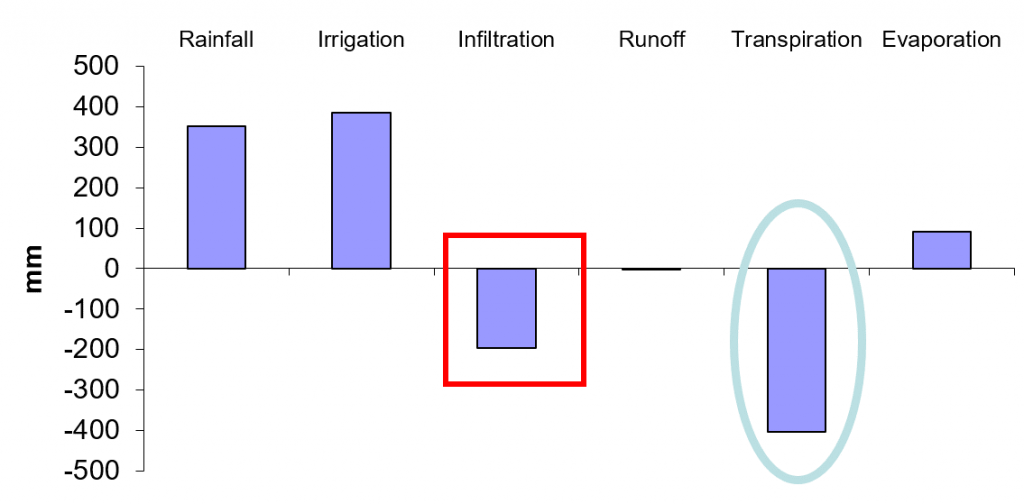
In summary, irrigation should be more frequent, but reducing water tables.
Total irrigation water is now 386 l/m2. electricity bill is reduced to 1587 €. Infiltration is 198.5 l/m2. This is still a relatively high value, but depends on soil properties and irrigation technology. More important, irrigation satisfies now 73% of crop water requirements.
Simulations must be validated and verified. Moisture sensors can be helpful for such validation.

Usually simulations coincide with sensor measurements, if soil properties and model inputs were properly provided.

